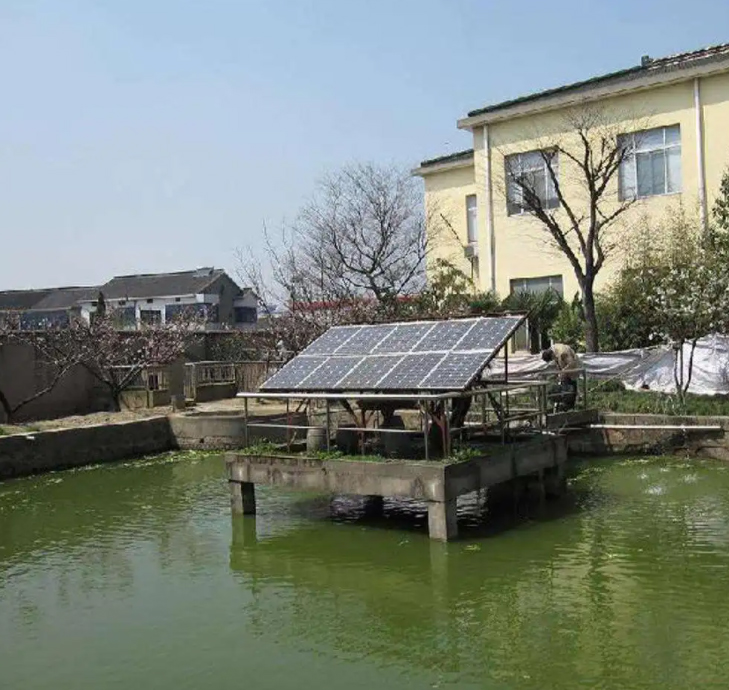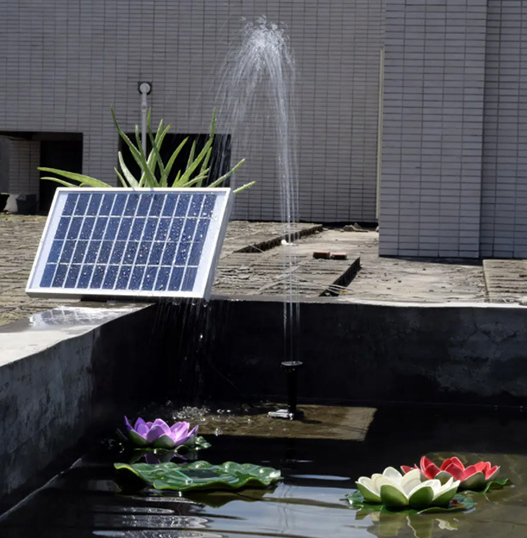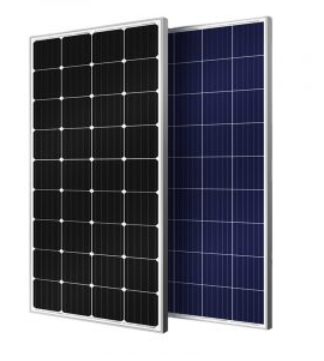The water source
Water sources can be deep drilled wells, streams, springs, ponds, rivers, etc. The main variables, in addition to the initial cost, that factor into system design are the recharge rate of the source and the volume of the source reservoir. Ideally, the source should recharge faster than the pump can take water out of it. For example, if the pump will produce three gallons per minute, the source should be able to recharge at a rate that is equal to or greater than three gallons per minute. If the pump takes water away faster than the source can recharge, the reservoir can run dry, and the pump will then run dry, and that should be avoided to prevent damage to the pump. This is much more of a concern obviously when pumping from a shallow well or spring than it would be when pumping from a raging river or large pond. In other words, it’s a concern when the reservoir has little volume. When volume is lacking, there is the potential for the pump to suck the reservoir dry before the sun sets and the reservoir recharges overnight.

The solar water pump
This is the heart and soul of the solar water pumping system. This other online tutorial goes into the different types of pumps. Pumps fall along a spectrum of high-flow/low-head to low-flow/high-head. In other words, for given power input, the pump produces a unique combination of flow and pressure. When selecting a pump you are basically selecting that combination of performance characteristics.
If you want the pump to provide a lot of pressure and pump a reasonable amount of water then get ready to spend some buckaroos. There are a few pumps on the market that can pump the pressures and flows to rival the conventional gas-guzzling, high horsepower gas-fueled water pump, but they are expensive and require relatively more solar panels, which can also get expensive. Justifying these costs is a matter of how expensive gasoline will get over the lifespan of the pump, how long a payback period is acceptable, and to what degree environmental values factor into the decision-making.

Solar water pumps are rated according to the voltage of electricity that should be supplied. A 12-volt water well pump is a small one, 24 volt is more the norm, while 48 volts and upwards will require more power and might pump more water. Smaller wire sizes can be used in higher voltage systems without sacrificing power output from panels to pump. The wire is costly, especially large wire. Depending on how far away the panels must be sited in relation to the water source and pump, sometimes it can make financial sense to use a higher voltage solar water pump and buy another PV panel. The savings from being able to use a smaller wire size can sometimes outweigh the cost of buying additional PV and increasing system voltage. and might pump more water. Smaller wire sizes can be used in higher voltage systems without sacrificing power output from panels to pump. The wire is costly, especially large wire. Depending on how far away the panels must be sited in relation to the water source and the solar water pump, sometimes it can make financial sense to use a higher voltage pump and buy another PV panel. The savings from being able to use a smaller wire size can sometimes outweigh the cost of buying additional PV and increasing system voltage.
Some water pumps require certain accessories to function optimally. These include filters, float valves, switches, etc. The manufacturer or distributor will usually specify what is required; keep this in mind when buying pumps second-hand: always refer to product literature or call the manufacturer to determine what else might be needed.
It can be challenging to find a pump curve for a pump even when new. Most manufacturers, however, have these curves available online or will email / fax a copy if requested. This curve is one of the keys to unlocking the world of pumps.
The power source/PV panels
A panel is rated in watts of power it can produce. Panels have gotten MUCH more affordable ($ per watt) than ever before. Remember, a pump will only require a certain amount of power to produce a certain amount of pressure and flow. Save money by sizing the PV array by the amount of power that is needed. On the flip side, having a little extra PV wattage can’t hurt—most solar pumps actually require about 20% more wattage than specified when wiring the panel directly to the pump (If this is the case, the pump manufacturer usually will state this clearly in the product specification literature.) Also, having a larger panel will allow
the pump to turn on earlier and later in the day and also in relatively lower light conditions. Essentially, the large panel surface area acts as a linear current booster (explained below) and may eliminate the need for one.
The installation of solar pv panels is not rocket science, but can be dangerous, and damage can be expensive if installation is not done properly. Consult with a professional PV installer before diving into an installation project you are not familiar or comfortable with. There are many books covering the details of solar installation and design, such as Photovoltaics: Design and Installation Manual, published by Solar Energy International.

A linear current booster
A small device that is installed between the panels and the pump allows the pump to switch on during low light conditions. Linear current boosters must be sized for the pump voltage and panel output. Consult with the component manufacturer, such as Solar Converters or a reputable solar systems contractor in your area to confirm what specific model of the linear current booster is appropriate for use with your pump and panel set up.
Wiring accessories
These include minor components to the system that will connect the panels to the pump. If more than one panel is used, a combiner box is usually used to make wiring safe and simple. Circuit breakers are installed in the box to enable safe and quick shutoff of the panels if the system needs servicing. The circuit breakers can also serve as a switch for turning the pump on and off at your discretion.
The water distribution system
In many countries of the world, trenches are dug to gravity feed water through an intricate network of irrigated plots or holding tanks. Here farmers tend to use black polyethylene piping. Whatever the system is to get water from A to B, there important thing to consider is the smaller the diameter piping and the longer the piping runs, the harder a pump has to work and the more pressure the pump must create. The solar water pump has to overcome the friction created when water passes along the insides of the piping. Longer runs that carry water at higher flow rates require larger diameter piping to minimize the amount of pressure lost (requiring the pump to compensate) due to friction.